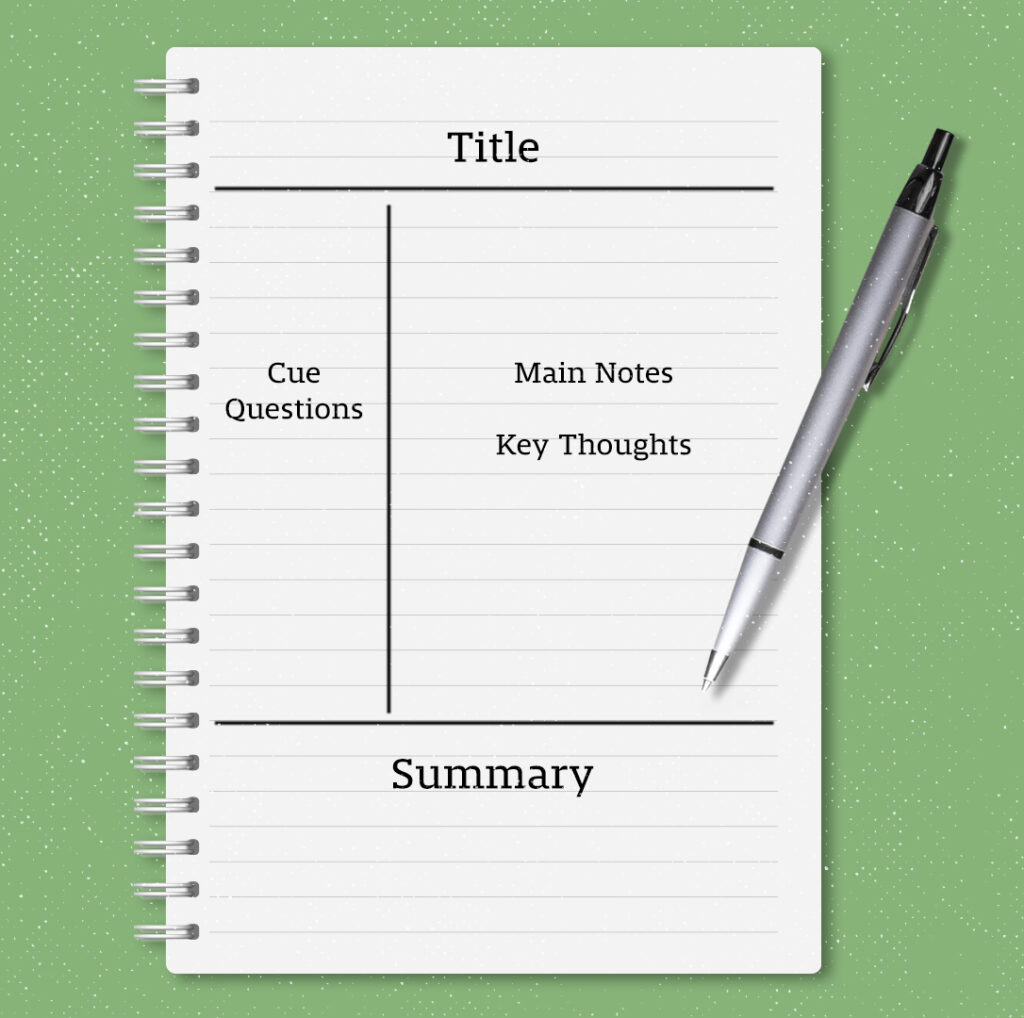What’s the main purpose of setting a financial goal?
To have a clear target for saving or spending wisely.
How many credits are needed to pass NCEA Level 1?
60 credits (any level) + co requisites (10 numeracy & 10 literacy)
What is the capital city of New Zealand?
Wellington
When must you indicate before turning?
At least 3 seconds before turning.
What does the S in SMART goals stand for?
Specific
What is current minimum wage in NZ?
$23.50
What does NZQA stand for?
New Zealand Qualifications Authority.
Who painted the Mona Lisa?
Leonardo da Vinci.
What does this mean 
Slippery surface
What is active recall?
A learning technique that involves actively retrieving information from memory, rather than passively reviewing it.
What’s one risk of using Afterpay too often?
You can lose track of payments and go into debt.
How do you get an overall endorsement at level 1?
If you achieve Level 1 with 50 credits at Merit or Excellence
What country has the largest population in the world (as of 2025)?
What does this sign mean?
Narrow roads ahead
Why is spaced repetition effective?
It helps move knowledge into long-term memory.
What does “pay yourself first” mean in budgeting?
Putting money into savings before spending on anything else.
What is the difference between internal and external assessments?
Internals are assessed during the year (in class). Externals are sat at the end of year exams.
Name all 5 oceans.
Pacific Ocean
Atlantic Ocean
Indian Ocean
Southern Ocean (also known as the Antarctic Ocean)
Arctic Ocean
50m
Name this note-taking method.
Cornell
You earn $20/hour (after deductions) and work 15 hours weekly. Your weekly spending is $210. How much can you save in a month?
Assume a month has 4 weeks.
$360 savings per month.
What does NCEA stand for?
National Certificate of Educational Achievement
What is the population of the world?
A. 7.6 Billion
B. 7.9 Billion
C. 8.2 Billion
D. 9.0 Billion
C) 8.2 Billion
If you tow another vehicle, what is the maximum distance allowed between the two vehicles?
A) 2m
B) 3m
C) 4m
D) 6m
C) 4m
Name 4 active recall techniques.
These are 5.
Flashcards: Using question/answer cards to force your brain to retrieve information.
Practice Testing/Self-Quizzing: Answering practice questions, quizzes, or past papers without looking at notes.
Blurting/Free Recall: Writing down everything you can remember about a topic from memory.
The Feynman Technique: Explaining a concept simply, as if teaching it to someone else, to reveal knowledge gaps.
Question-Answer Note Taking: Converting your notes' headings or main points into questions, then covering the notes and trying to answer the questions.